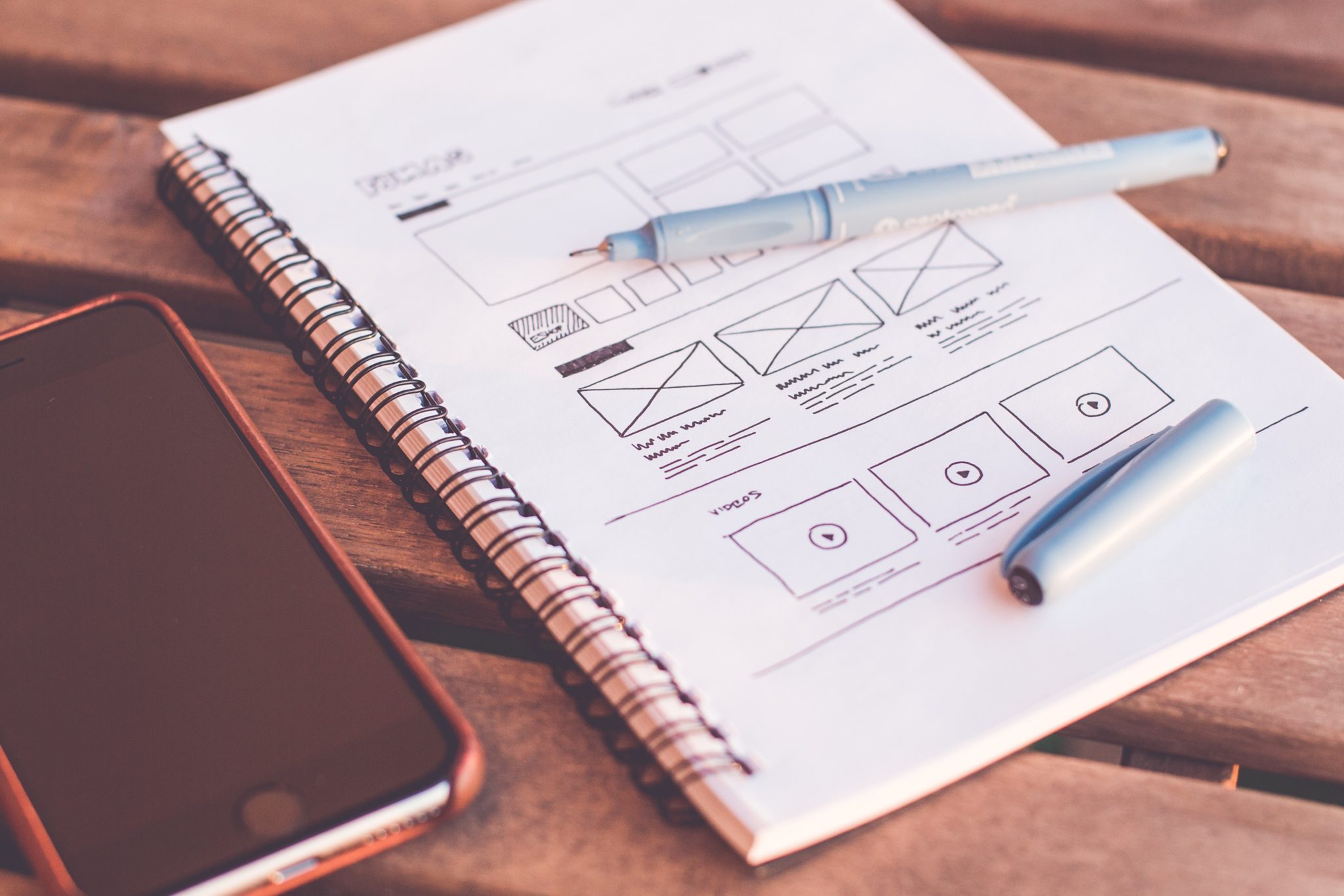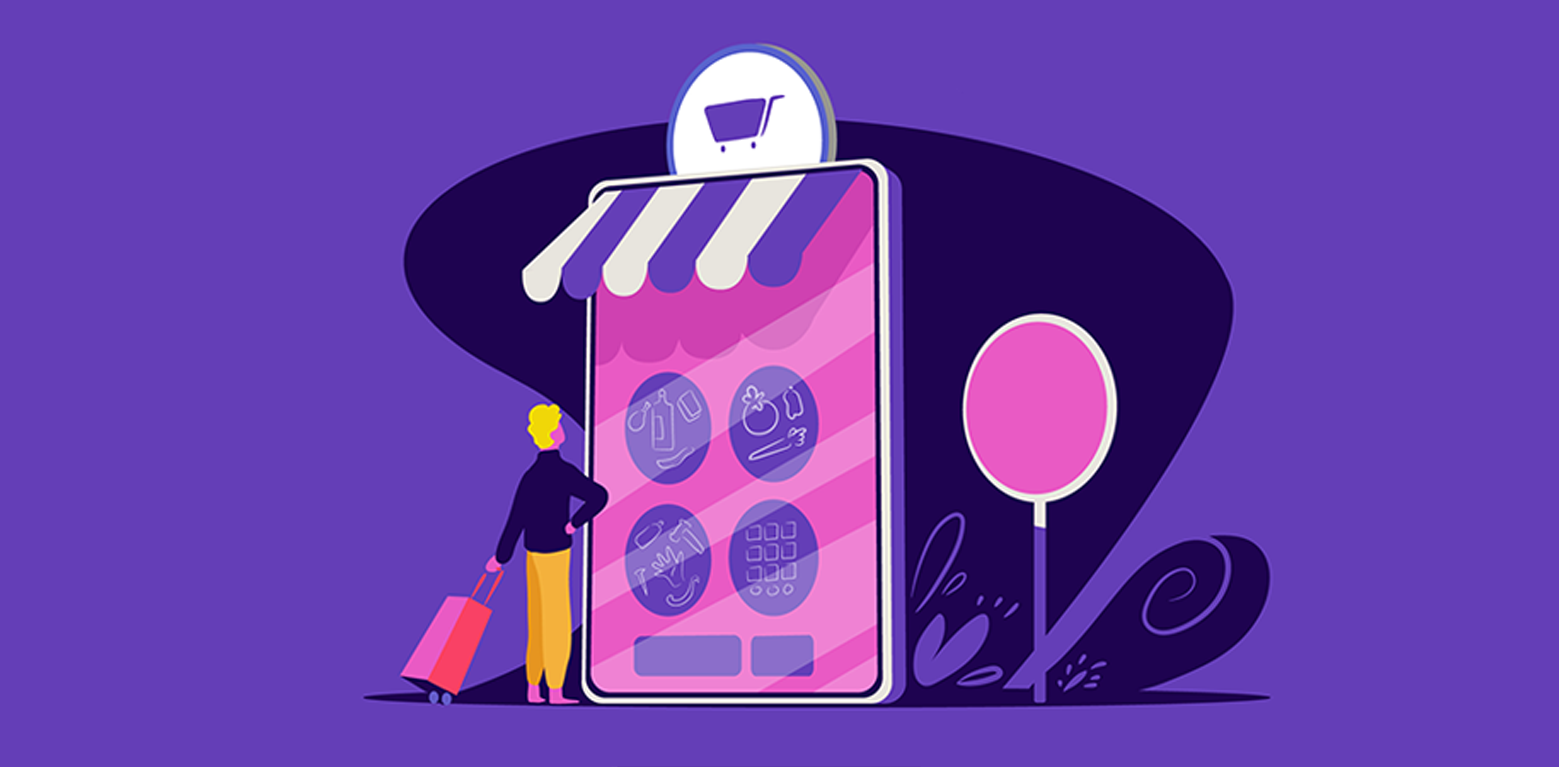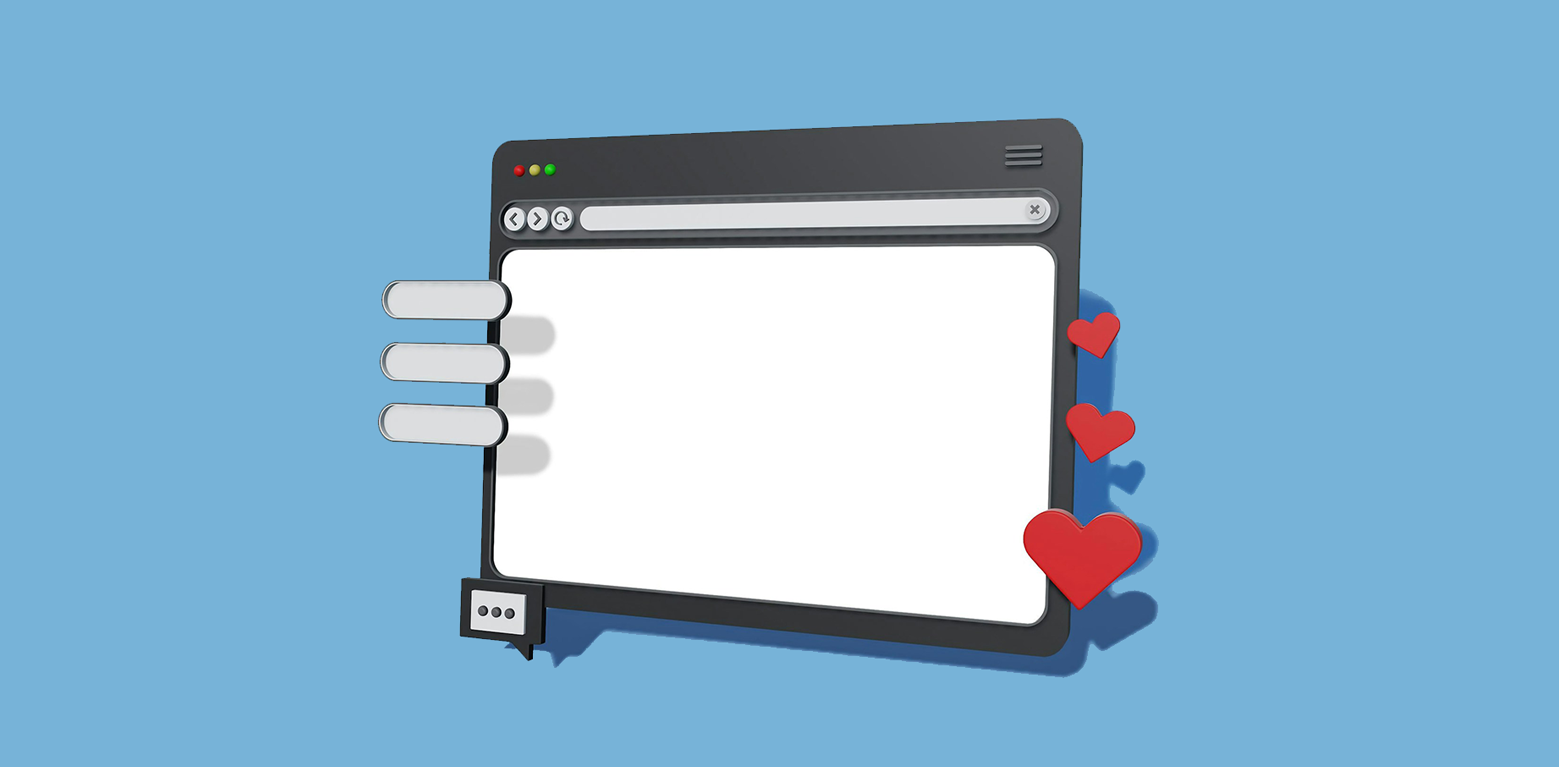UX design, or user experience design, has been catapulted into the forefront of technological design elements in recent years. The reason for this likely has to do with the fact that as technology becomes more and more complex consumer facing companies, for better or worse, have an increasing desire to hide the complications of the technology underneath sleek, user-friendly design interfaces. This requires UX design of the highest degree and puts a lot of pressure on those designers to keep producing the goods. With that said, let’s take a look at 6 principles which, if kept in mind, will really help designers to make the most of their UX design opportunities.

1. Understand Who You Are Designing For
Even though you are working within a technological field, UX designers are essentially digital artists. As artists, you are likely to have strong personal opinions and impressions of your own work and the work that is available out there and that will be what influences your creations. The problem with this is that you aren’t really creating for yourself, you have a target audience with their own opinions and preferences. Proper analysis, even market research, of your target demographic is the only way to lead to a truly well-informed design process with results that work artistically and from a design standpoint as well as commercially.

2. Testing Is Vital
To connect point one to this, one of the other reasons why it is important that your gaze is outward rather than inward is that your own impression of your finished work isn’t going to cut it. Consequentially, it is important that you invest the time and effort into focus grouping your products and getting a sense from people without design pedigree for how the product runs or operates. This testing process ought to be repeated over and over and even brought back after commercial release, to gauge what can be done differently next time or in future updates. Make sure that you get truly external opinions, asking others in the office or your mom and dad isn’t going to cut it unfortunately.

3. Don’t Forget About Accessibility
Sadly, accessibility in the fast-moving world of technology is frequently forgotten, but that is changing. “A good designer recognizes that user experience is entirely dependent on the user and that there is a whole load of different users, all with their own perspectives. Forgetting that you will have users with disabilities, for example, is the sign of a limited designer without a good understanding of people”, proposes Rosemary Nguyen, designer at WriteMyx and NextCoursework. Accessibility is certainly important for people with disabilities, but you should also be thinking about other factors like color blindness or even screen width and the tactile elements of your product.
4. Don’t Ignore Attention Spans
Even just in the last 20 years there has been a rapid downward trend in attention span, with current estimates suggesting that the average human attention span is 8 seconds, lower than that of a goldfish. This is a funny thing to think about but for UX design it is serious business. You have to be prepared for your program, app, software or whatever it is, to be geared for use by people who will abandon it at the slightest interruption. This will greatly affect the process you choose and the design elements present. Removing in-application distractions and taking the remaining material and making it gripping will be your first steps.
5. Built For Intuition
One thing that will do you no favors as a designer is if you create a product which needs to be studied in order to be used. “The key word when it comes to this sort of issue is ‘intuition’. You want users to handle your design through their own intuition. This way, it’s easy for them to start immediately, and there’s no risk of them giving up. And, as a bonus, since intuition doesn’t mean total ease or simplicity, there will be a subtle psychological experience of reward for good performance in navigating your design”, suggests Eliot Myles, project manager at BritStudent and Australia2Write.
6. Believe In Your Work
What works on a UX design basis, is not always obvious. It’s not obvious to everyone, since, whilst some design can be broken down and analyzed, sometimes a design just feels good. It’s in those moments that you have to muster the strength to persevere in your design and set yourself apart through it.
UX design is a vital element of any technological design process and it looks set to stay that way for a long time. Your job as a designer is to be as open minded as possible, as aware of your user base as possible and as committed to great design as you can be. Follow these principles and you’ll be on your way.
About the Author: Katrina Hatchett, a tech blogger at Academic Brits and writer for Essay Help, is involved in many business projects. She enjoys identifying social media project problems and solving them, with her goal being to improve the effectiveness of our communication. She also writes for the PhDKingdom blog.







